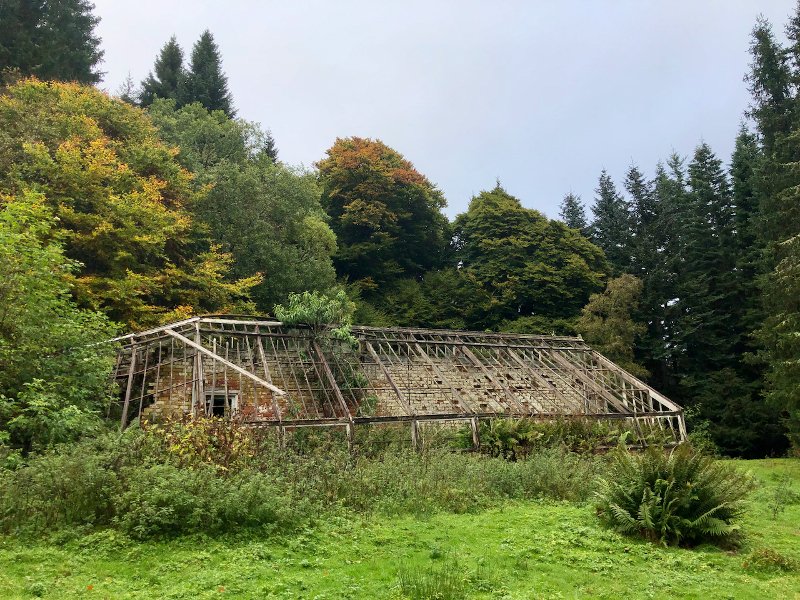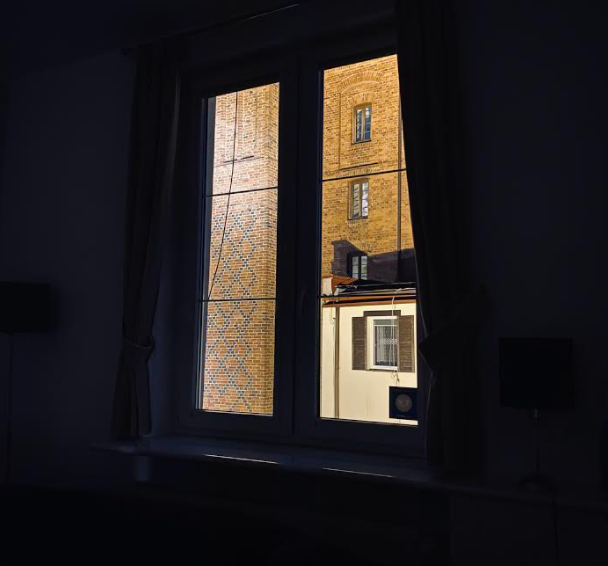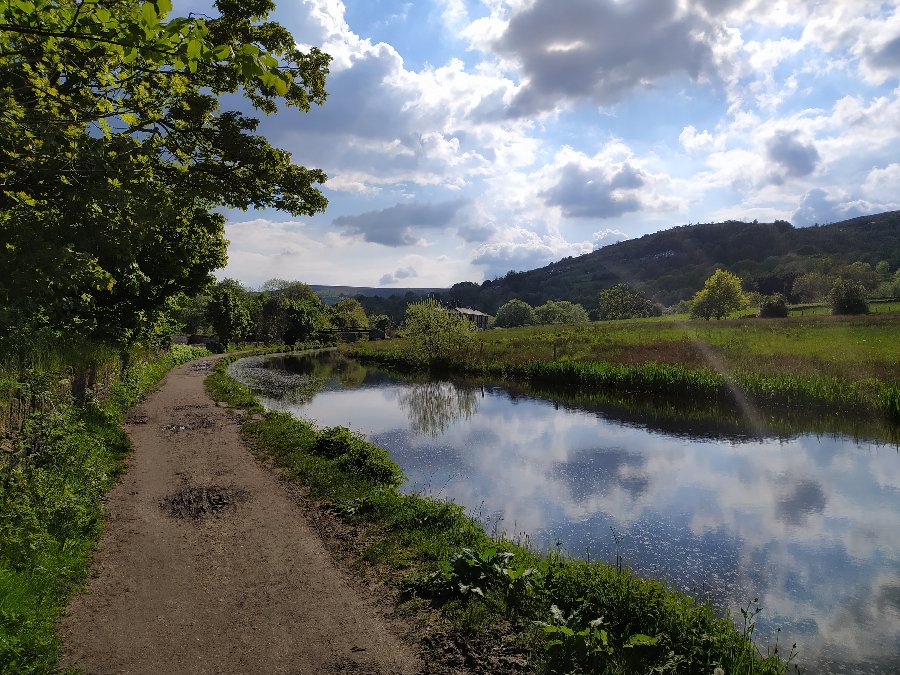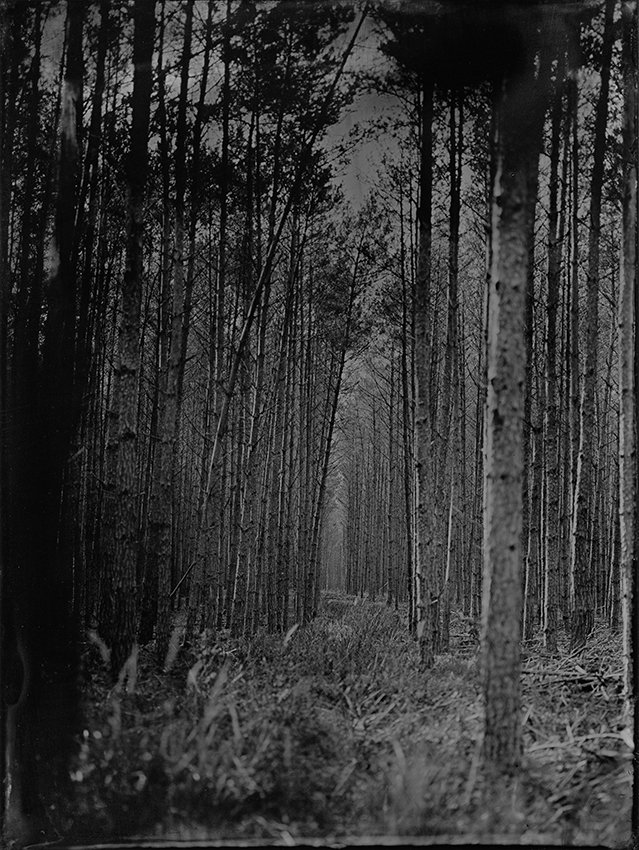Reflections in the Maine Light
/Photo: Tina Long
By Doug Long:
A hillside led to the sea—its rising waves tipped with white foam seethed in a rush over colored and smoothed stones. Gentle thunder filled the salt air. Then a quiet whoosh—a rhythmic encore at the water’s edge.
Nowhere does the light change and reflect and lift my soul into unworldly realms as it does along the Maine coast. It’s oceans and lighthouse beacons and fog shrouded shores and granite rock peninsulas reflect nature’s spirit. It’s the essence of life.
I stood a stone’s throw from an old three-story. While faded and worn, it was quintessential New England. Its paint weathered. Summer’s open windows displayed red geraniums. Steps to its front door were cracked, slanted from years neglect. But it somehow still stood—stubbornly proud in the growing light.
The renowned Maine son, Andrew Wyeth, rowed his wooden dory here most mornings from a half-mile up the back bay. His reflections of Maine were often defined by the people who lived here—spending an entire summer in 1948 sketching, working his brush to capture the moment he saw Christina Olson on the ground; crippled in life, yet finding her way home from her garden of wild flowers unable to use her legs.
He painted from an upstairs window. Hathorn Point was his canvas.
Richard Meryman, of Life Magazine decades ago, described the Olson House as “looming ... lit by slanting sun, weathered silver-gray ... soaked in coastal storms.” Meryman was invited deep inside the Wyeth world and learned how blank canvas became iconic art for the ages.
It was a complex task. Wyeth appeared to view the Maine landscape in a way that exceeded sunlight and shadows.
In Meriman’s book, Andrew Wyeth: A Secret Life, he stated how the artist often contained fragments of the outdoors framed by windows, amplifying the mood and meaning of the interior.
“The glimpse you get of a landscape, whets my imagination—if I don’t see too much,” said Wyeth.
Others deeply rooted in Maine’s granite and pine tried to capture the true light in books and artwork and narratives of nature. Winslow Homer had a carriage house transformed to an art studio at Prout's Neck in the late 1800’s.
He captured sensory elements—the drama of the sea; the breeze of a passing storm and man’s relationship with the natural world.
“So I blurred my eyes and gazed toward the brim of my hat,” wrote Annie Dillard. “And saw a new world ... turning mute and perfect.”
Along the coast, it often becomes a world transformed from sunrise to sunset.
I remember the early morning charter I once experienced on a sleek Alden-designed wooden schooner. As a young boy, John Alden’s family moved to the New England coast. It was here he often sat on a hillside overlooking a harbor filled with Grand Banks fishing schooners that the boy—a future naval architect—began to sketch the gentle curves and towering masts of pine and cedar and the canvas of billowing sails that would later inspire designs of boats considered classics today.
His sketches would come to life.
Our sails were raised high as we left the tiny harbor. I could see the cedar shake cottages sprinkled along the shore—screened porches offering Maine-sized views of a flashing light on the point. The clamor of US 1 and lobster roll stands quickly behind us, a cloud of misty fog was soon filling the chilled air of late summer. There was a brisk rush of northeast wind as our captain adjusted his jib—a watery tide of salt splashing against the well-polished hull.
I was suddenly thrusted free of life’s complexities—rolling waves rocking gently toward the Atlantic sea.
There were barking seals on rocky islands; the bellowing fog horn from a distant cove, the light tap dance of rain and images of so many ancient mariners still peering ahead to distant horizons.
In 1943, Ruth Moore published The Weir capturing life survived on offshore places with fishing wharfs and wood-framed homes; the pined forests and jagged cliffs a stage for hard seasons and lonely years isolated from the mainland—lighting fires on cold nights and gathering cords of driftwood, “to git our stoves through the winter.”
She observed “spruce-covered islands ... neat against the horizon. To the east, the tremendous blue plain of the ocean spread, empty except for three lobster boats, small as bugs in the distance, circling for traps under the pale December sky.” Winter is a time, she once wrote, “the land huddles into itself—a time for “gear-overhauling in the fish houses ... of building traps and painting buoys.”
She later describes an early Maine morning, “blue with snow and coming light, the deer comes to the orchard, digging with her cold hoofs for the frozen buried apples ... the boat is painted, content comes out or loneliness bites deep.”
Thoreau said coming here was like “returning to his senses ... seeing things purely extracted and dazed.”
“It rained all this day and till the middle of the next forenoon,” he reflected, “concealing the landscape almost entirely ... I began to be exhilarated by the sight of the wild fur and spruce tops ... peering through the mist.”
He called it the “unaltered face of nature.”
I stood in the waning light—Wyeth’s most painted New England house overlooking the sea. Laced curtains drifted gently from an upstairs bedroom. A harbor bell sounded. Its deeply pitched ring seemed echoing spirits of Maine’s past.
I held a faded photograph—standing on a spit of sand. My little boy—just beginning to walk, running toward shallow waters. Tiny footprints. A pathway soon faded and washed by tides. Time stretched to years. The boy would move away; the future transcending like the downeast wind.
So much of this place now lived inside of me. The nighttime fires on rock-strewn beaches and blueberries on hillsides—the silent moose in the forest mist. Years of aging memories.
In that moment, I saw a young Wyeth oaring across in his wooden dory—paints and brushes and fresh canvas palates—ready to recapture the Maine light.
“People will say, ‘did you notice the amazing sulfur yellow in the sky’ ... “that stuff never strikes me to paint. It’s got to click with something I’m already thinking about,” said Wyeth. Then my hair rises in the back of my neck. I get goose pimples.”
“It was a place you were homesick for, even when you were there,” wrote Weir.
Reflections. Fragments of life—each a window in time.
***
Doug Long is a writer and traveler living along Florida’s Gulf coast who enjoys exploring natural landscapes. He often writes about people and places defined by nature; discovered in quiet coves, blue mountains and wild coastlines. Reflections in the Maine Light is an essay inspired by visits along the rocky shores of Maine. The piece was captured through a camera lens by his wife, Tina Long. Doug has been published in Lighthouse Digest, Saw Palms Literary Journal and Lowestoft Chronicle















